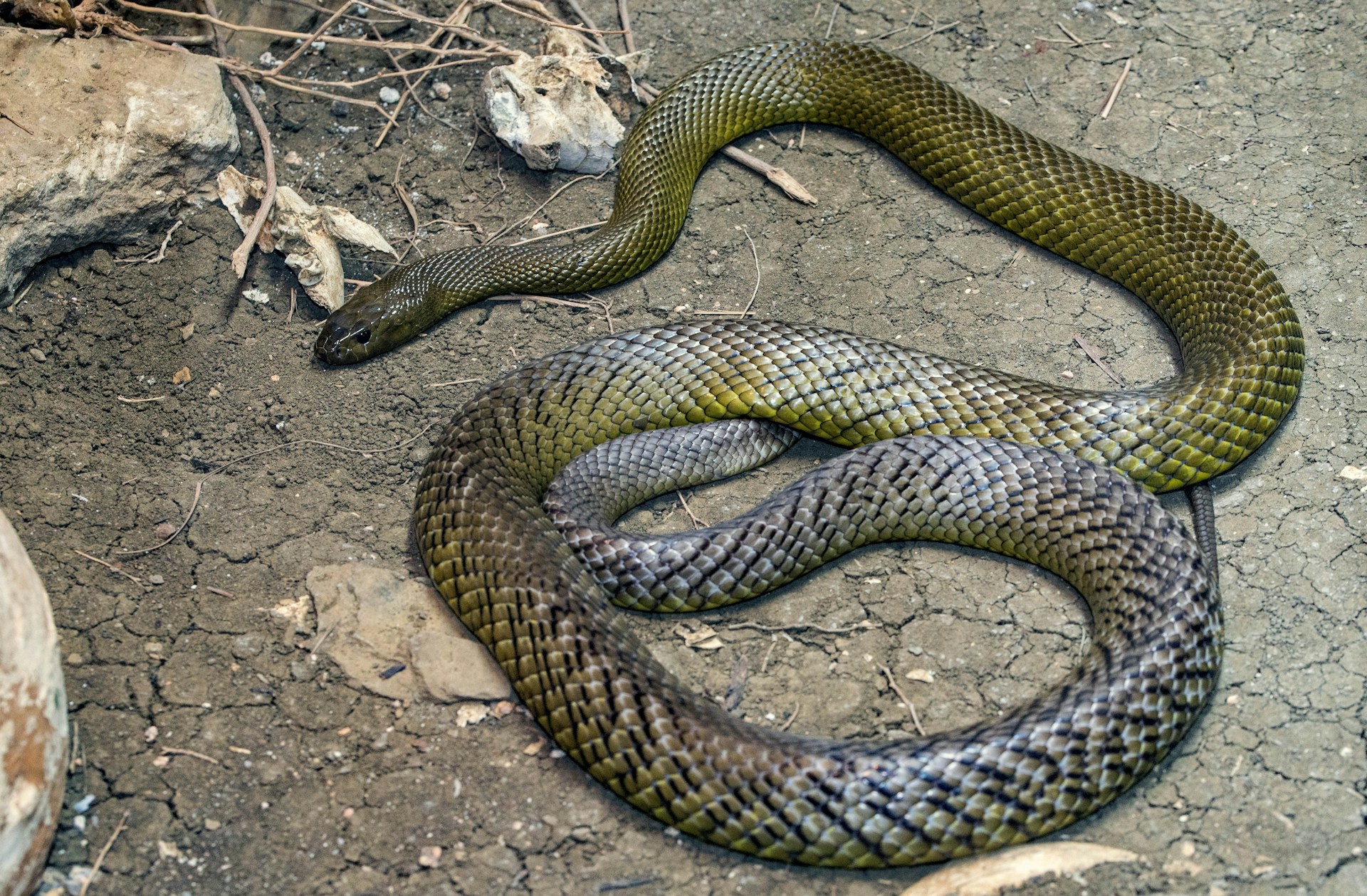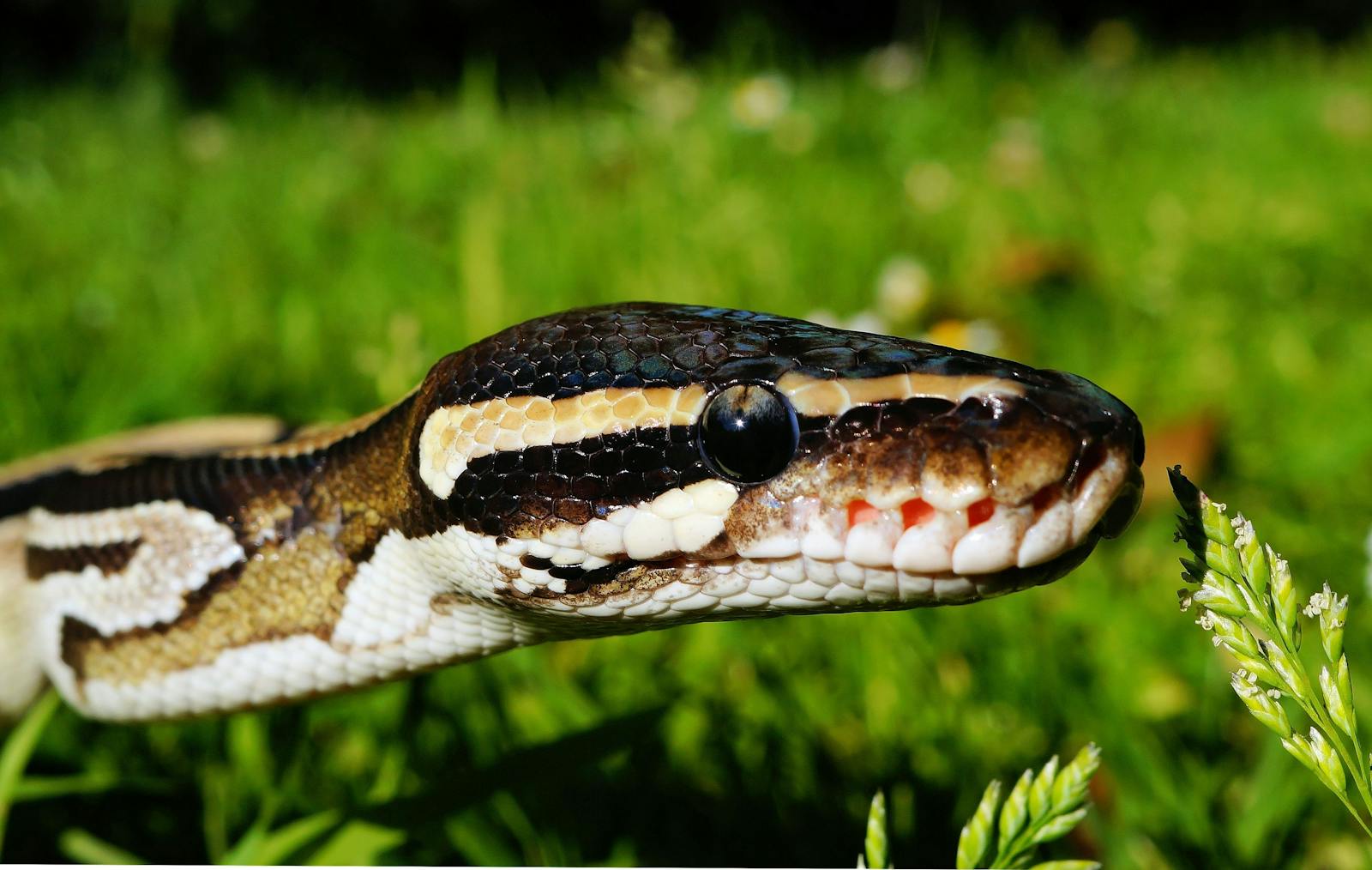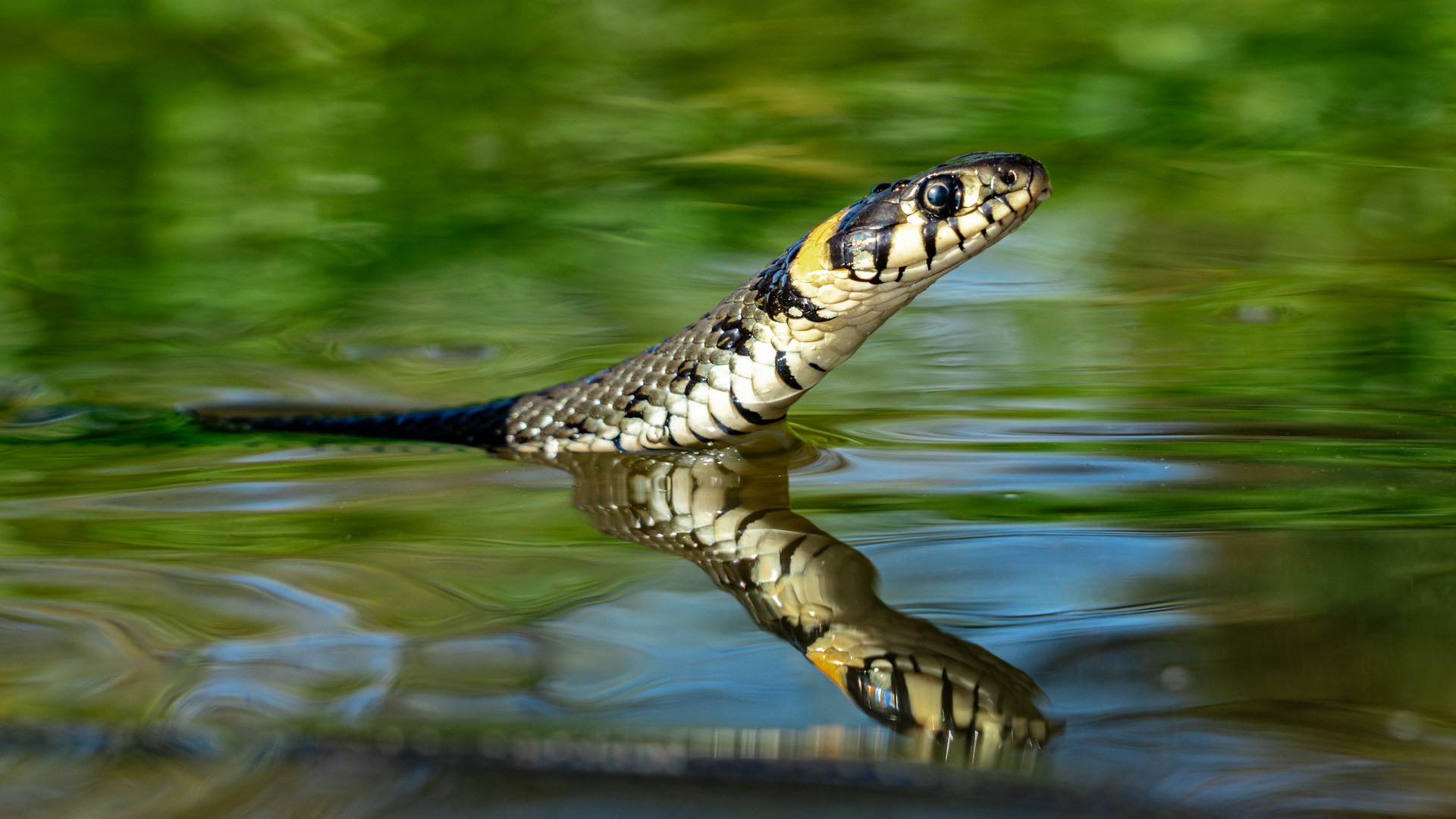In the intricate dance of survival that unfolds in the natural world, animals have evolved remarkable defense mechanisms to evade predation. Among these fascinating adaptations, the behavior known as thanatosis—or death-feigning—stands out as particularly dramatic.
Non-venomous snakes, lacking the lethal bite of their venomous counterparts, have developed this theatrical strategy to convince would-be predators that they’re already dead and therefore unappetizing or unthreatening.
This article explores the scientific understanding of why and how certain non-venomous snake species employ this peculiar yet effective survival technique, examining the evolutionary advantages, physiological processes, and the specific species known for their award-worthy “playing dead” performances.
The Evolutionary Purpose of Death-Feigning
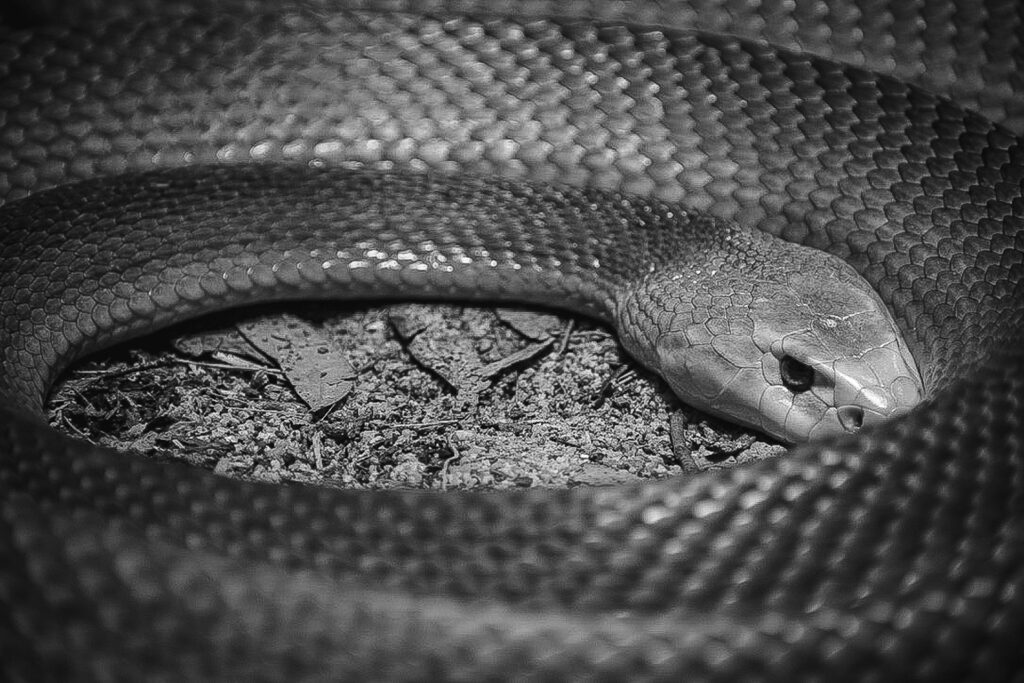
Death-feigning, scientifically known as thanatosis, represents a sophisticated anti-predator strategy that has evolved independently across multiple animal groups.
For non-venomous snakes specifically, this behavior serves as a critical last line of defense when other avoidance strategies have failed.
The evolutionary logic is straightforward yet brilliant: many predators are programmed to pursue moving prey and may lose interest in seemingly dead animals.
Additionally, certain predators prefer to kill their own prey rather than scavenge already-dead animals, making a convincingly “dead” snake an unattractive meal option.
Over countless generations, individuals that successfully performed this behavior would have higher survival rates, passing the genetic tendency to their offspring and reinforcing the behavior within certain species.
The Biological Mechanics Behind Playing Dead
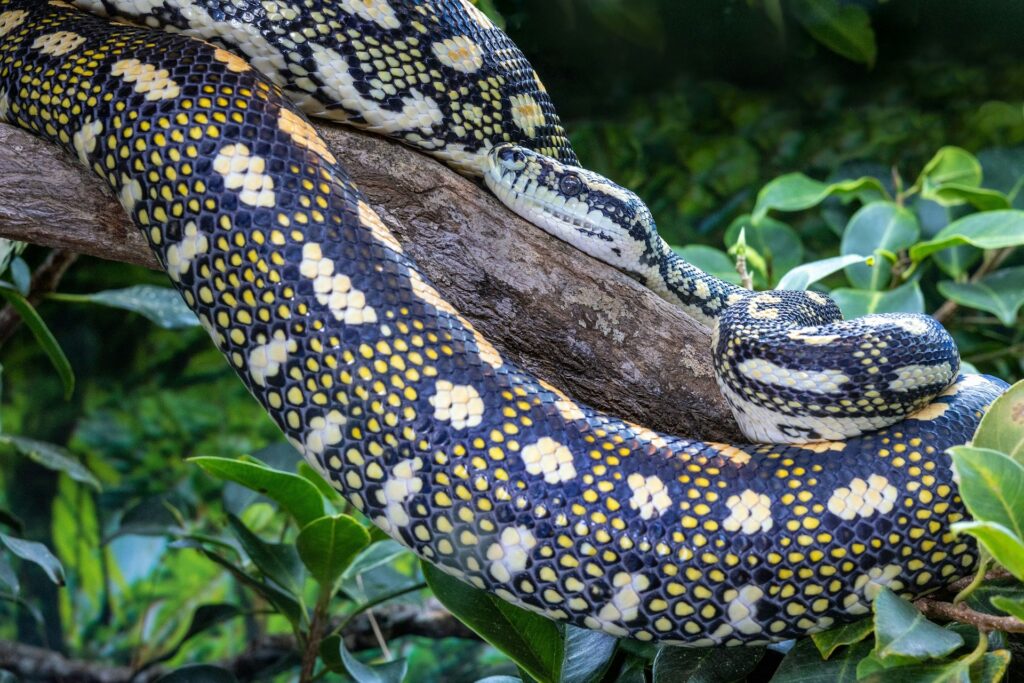
When a non-venomous snake engages in death-feigning, its body undergoes several remarkable physiological changes. The snake typically rolls onto its back, exposing its belly—a position rarely seen in healthy snakes.
Their muscles become rigid, breathing becomes shallow and nearly imperceptible, and in some species, the mouth hangs open with the tongue lolling out.
Perhaps most dramatically, some species release a foul-smelling musk from their anal glands, mimicking the odor of decomposition to enhance the illusion of death.
This complex physiological response isn’t merely a conscious act but rather an involuntary parasympathetic nervous system response triggered by extreme stress—similar to how humans might faint when confronted with overwhelming fear.
Scientists have observed that these snakes often remain in this state for minutes to hours, regardless of continued threats or handling.
The Hognose Snake: Master of the Death Act
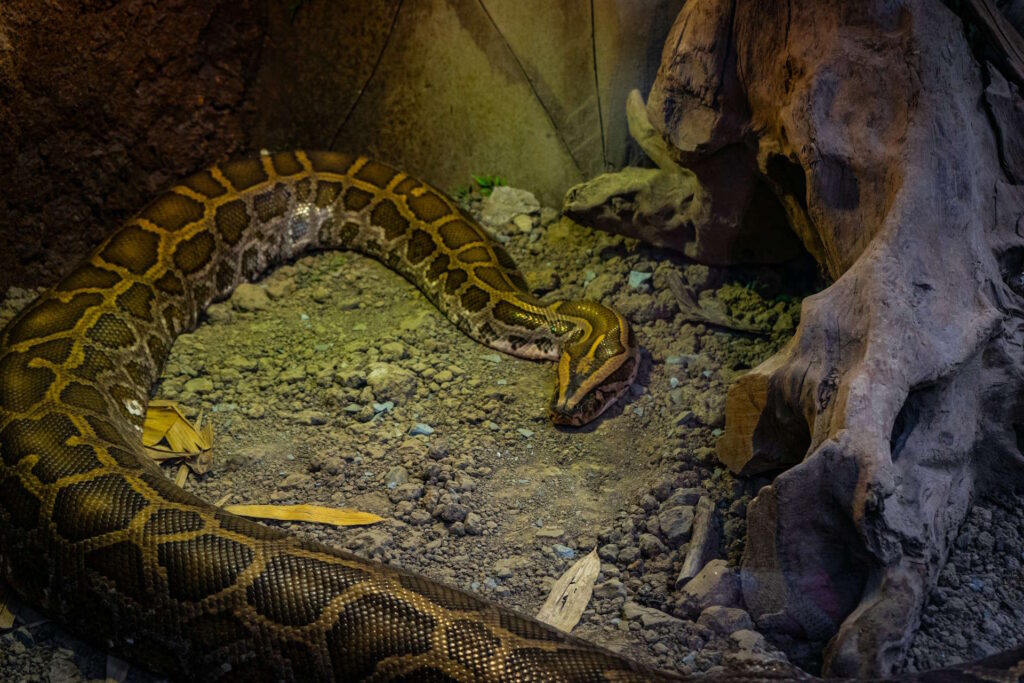
Among non-venomous snakes, the Eastern Hognose Snake (Heterodon platirhinos) has earned legendary status for its theatrical death performances.
When threatened, this North American native first attempts intimidation by flattening its neck, hissing loudly, and striking with a closed mouth. If these initial warning behaviors fail to deter the predator, the hognose escalates to an Oscar-worthy death scene.
It writhes dramatically, appearing to be in the throes of agony, before rolling onto its back, opening its mouth, letting its tongue hang out, and releasing a musky defensive secretion.
The commitment to the performance is remarkable—if turned right-side up, the persistent hognose will immediately roll back onto its back to maintain the death pose.
This elaborate routine can continue for minutes or even hours until the snake perceives the threat has passed.
The Ringneck Snake’s Subtle Approach

The Ringneck Snake (Diadophis punctatus) employs a more understated yet equally effective death-feigning strategy. When threatened, this small, secretive snake becomes completely immobile with its body contorted in an unnatural position.
Unlike the dramatic performance of the hognose, the ringneck’s approach focuses on absolute stillness rather than theatrical writhing.
The ringneck adds a unique twist to its performance by exposing its brightly colored belly, which features vibrant yellow, orange, or red coloration.
This exposure serves a dual purpose—it contributes to the death act while simultaneously functioning as aposematic coloration, warning potential predators that the snake might be toxic.
Research has shown that the ringneck will maintain this frozen pose even when handled, demonstrating remarkable commitment to the survival strategy.
Grass Snakes and Their Convincing Death Display
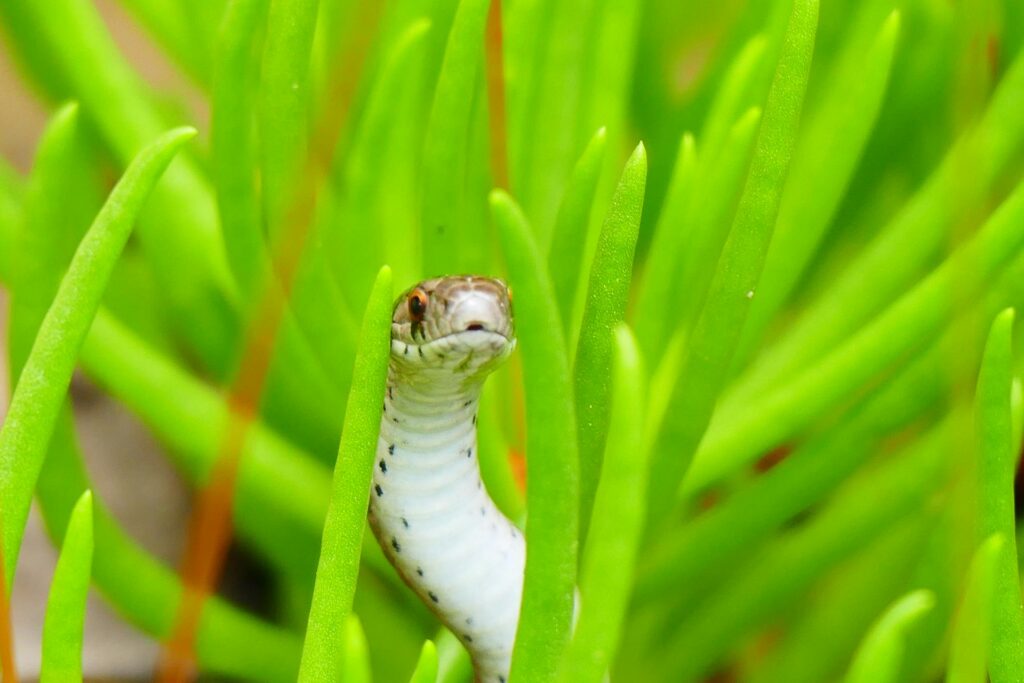
The European Grass Snake (Natrix natrix) presents another compelling example of death-feigning behavior in non-venomous serpents.
When confronted by a predator, grass snakes often turn over onto their backs, contort their bodies, and hang their mouths open in a rigid position.
Their performance includes releasing a foul-smelling substance from their cloacal glands that mimics the odor of rotting flesh, adding olfactory convincing evidence to the visual display of death.
Field researchers have documented grass snakes maintaining this state for up to 30 minutes, completely unresponsive to gentle prodding or movement.
The grass snake’s commitment to its performance reflects the evolutionary pressure from predators that preferentially target active prey, particularly birds of prey and mammalian carnivores common throughout the snake’s European range.
The Effectiveness Against Different Predator Types

The death-feigning strategy doesn’t work equally well against all predator types, which explains why it has evolved primarily in snake species facing particular predation pressures.
This defense proves especially effective against visually oriented predators like birds of prey, which rely heavily on movement detection when hunting.
Mammalian predators with more sophisticated hunting strategies, including scent detection, may be less fooled by the display, though the addition of putrid musk can enhance effectiveness.
Research suggests that predators with evolutionary histories alongside these snakes may become wise to the ruse, leading to regional variations in the behavior’s effectiveness.
Interestingly, this defensive strategy seems particularly aimed at generalist predators rather than snake specialists like kingsnakes, which have evolved specific adaptations for consuming other serpents regardless of their defensive displays.
Playing Dead Versus Other Defense Mechanisms
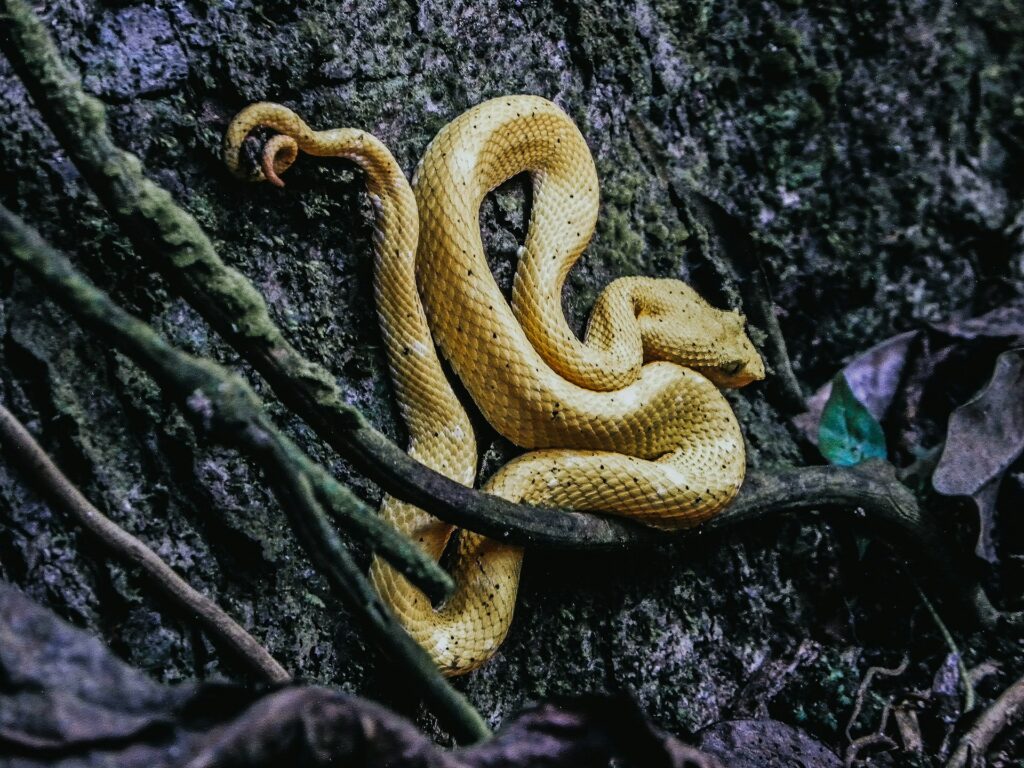
Death-feigning represents just one strategy in the broader arsenal of defensive behaviors employed by non-venomous snakes. Other common tactics include fleeing, threatening displays like striking or hissing, releasing deterrent odors, or relying on camouflage.
The specific mix of defense mechanisms employed by any given species reflects its evolutionary history and ecological niche.
Interestingly, researchers have observed that death-feigning typically occurs as a last resort when primary defensive strategies have failed.
This sequencing makes evolutionary sense, as playing dead immobilizes the snake, preventing escape if the strategy proves ineffective.
Some species demonstrate remarkable flexibility, with individuals capable of adjusting their defensive responses based on the perceived intensity of the threat and previous experiences—suggesting a level of behavioral plasticity not commonly associated with reptiles.
Individual Variation in Death-Feigning Behavior

Not all individuals within death-feigning species display the behavior with equal intensity or consistency, revealing fascinating variations within populations.
Scientific studies conducted on hognose snakes have documented significant differences in the propensity to feign death, with some individuals readily employing the strategy while others resort to it only under extreme duress.
These individual differences appear to have both genetic and experiential components, suggesting complex behavioral inheritance patterns.
Age also influences thanatosis behavior, with juvenile snakes typically more likely to employ death-feigning than adults, possibly because their smaller size makes them more vulnerable to a wider range of predators.
Such variation within populations provides the raw material for natural selection, potentially allowing the behavior to be refined or modified as predation pressures change over evolutionary time.
Neurological Underpinnings of Thanatosis
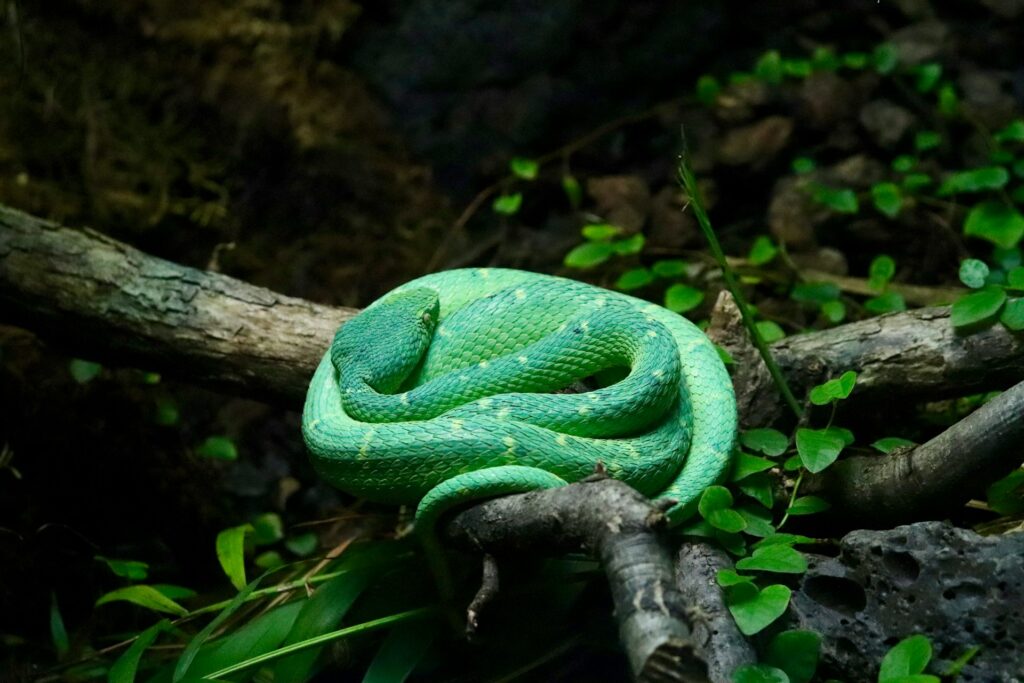
The neurological mechanisms controlling death-feigning behavior represent an active area of herpetological research.
Current evidence suggests that thanatosis involves a complex interplay between the sympathetic nervous system (which controls fight-or-flight responses) and the parasympathetic nervous system (responsible for rest-and-digest functions).
During death-feigning episodes, researchers have documented reduced heart rates, lowered body temperatures, and altered blood pressure in affected snakes—all indicators of strong parasympathetic activation.
Interestingly, this physiological state shares similarities with tonic immobility observed in many animals, including the “playing possum” behavior of opossums and “freezing” responses in rabbits.
Some neurobiologists hypothesize that these responses evolved from ancient vertebrate stress reactions that were subsequently modified by natural selection to serve as specific anti-predator adaptations across different lineages.
Geographic Variation in Death-Feigning
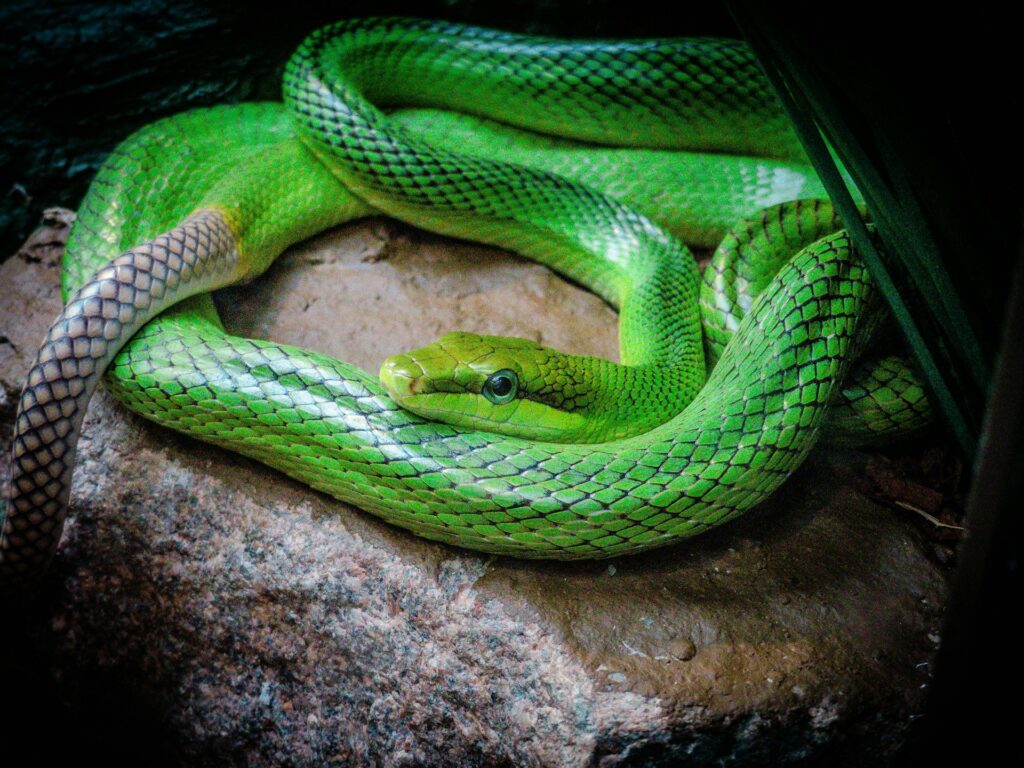
The prevalence and intensity of death-feigning behavior vary significantly across geographic regions, even within the same snake species. These regional differences reflect varying predation pressures and environmental conditions across a species’ range.
For example, studies of the Eastern Hognose Snake have revealed that populations living in areas with higher concentrations of visual predators like hawks show more consistent and pronounced death-feigning behaviors.
In contrast, populations from regions with fewer aerial predators but more ground-dwelling threats may rely more heavily on defensive displays like neck-flattening and bluff strikes.
This geographic variation provides researchers with natural experiments to understand how local selective pressures shape defensive behaviors.
Additionally, such regional differences highlight how behavioral traits can evolve relatively quickly in response to changing predation landscapes, potentially leading to divergent populations within a single species.
Human Interactions with Death-Feigning Snakes
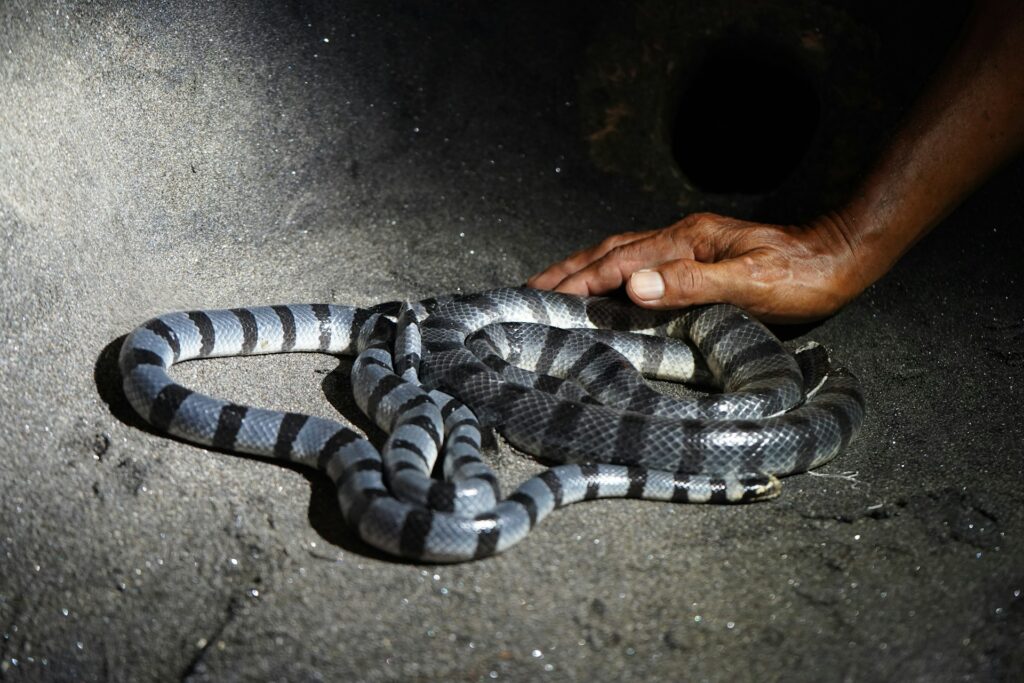
Human encounters with death-feigning snakes often lead to misunderstandings and unfortunate consequences for these harmless reptiles.
People unfamiliar with thanatosis may mistake the behavior for actual death or illness, sometimes leading to unnecessary “mercy killings” or attempts at preservation that harm the animal.
The dramatic performance of species like the hognose snake has contributed to unfounded folklore about their venomous nature, despite their harmlessness to humans.
Conservation biologists and herpetologists are increasingly focusing on public education efforts to familiarize people with this behavior, emphasizing that a “dead” snake encountered in the wild that appears uninjured may simply be employing this defensive strategy.
Wildlife rehabilitators recommend that people encountering an apparently dead but unmarked snake should move away and allow the animal time to recover and move on, rather than handling or disturbing it further.
Evolutionary Origins of Thanatosis in Snakes

Tracing the evolutionary origins of death-feigning behavior presents a fascinating challenge for evolutionary biologists studying snake behavior.
Phylogenetic analyses suggest that thanatosis has evolved independently multiple times across different snake lineages, representing a remarkable example of convergent evolution.
This independent development indicates that the behavior provides significant survival advantages in various ecological contexts.
Some researchers hypothesize that death-feigning may have originated from simple immobility responses that proved beneficial in avoiding detection, gradually becoming more elaborate through natural selection.
The behavior appears most common in ground-dwelling species that can’t quickly escape by climbing or swimming, supporting the idea that it evolved as an alternative to flight in species with limited escape options.
The sophisticated nature of modern thanatosis behaviors, particularly in species like the hognose snake, represents millennia of refinement through natural selection toward increasingly convincing performances.
Conservation Implications for Death-Feigning Species

The death-feigning behavior that serves these snakes so well against natural predators can paradoxically increase their vulnerability to human-related threats.
When encountering vehicles, many of these species instinctively freeze or engage in thanatosis rather than fleeing, resulting in disproportionately high road mortality rates compared to other snake species.
This behavioral trait becomes particularly problematic as human development fragments habitats, forcing snakes to cross roads more frequently.
Conservation strategies for death-feigning species increasingly incorporate this behavioral knowledge, including the strategic placement of wildlife underpasses in known snake corridors and timing road construction to avoid peak activity periods.
Additionally, public education about these unique defensive behaviors plays a crucial role in conservation efforts, as greater understanding may reduce intentional killings motivated by fear or misidentification.
Preserving these behaviorally distinctive species not only maintains biodiversity but also protects fascinating examples of evolutionary problem-solving that continue to intrigue scientists and nature enthusiasts alike.
In conclusion, the death-feigning behavior observed in various non-venomous snake species represents one of nature’s most dramatic survival adaptations.
This remarkable strategy—involving complex physiological responses, specific body positioning, and sometimes olfactory components—has evolved independently across multiple snake lineages, underscoring its effectiveness as an anti-predator tactic.
From the theatrical performances of hognose snakes to the subtle stillness of ringnecks, these behaviors showcase the sophisticated solutions that can emerge through natural selection.
As we continue to study these fascinating behaviors, we gain not only greater scientific understanding but also deeper appreciation for the remarkable adaptations that allow seemingly vulnerable creatures to survive in a world full of predators.
For these defenseless serpents, the ability to convincingly “play dead” represents the difference between becoming prey and living to slither another day.

